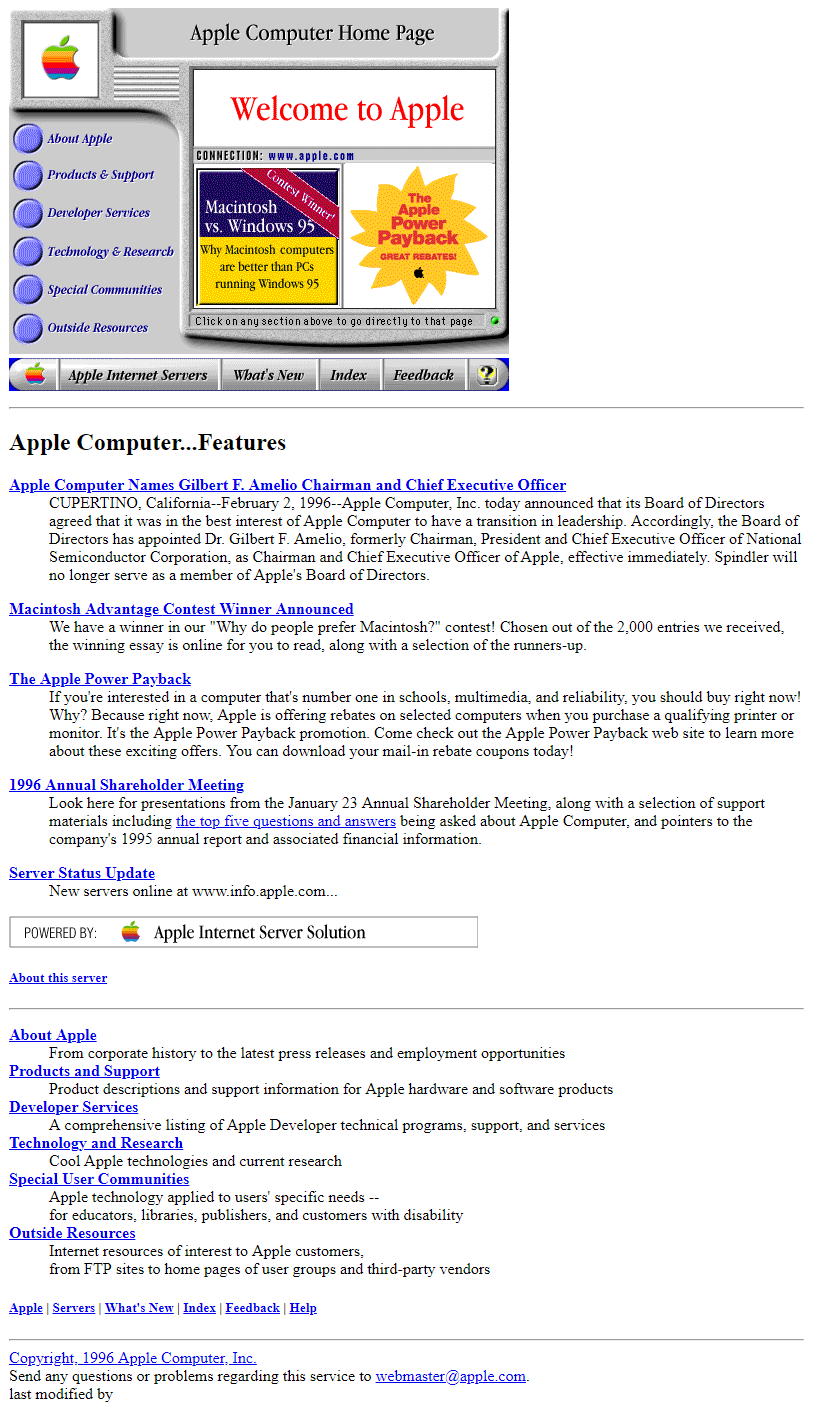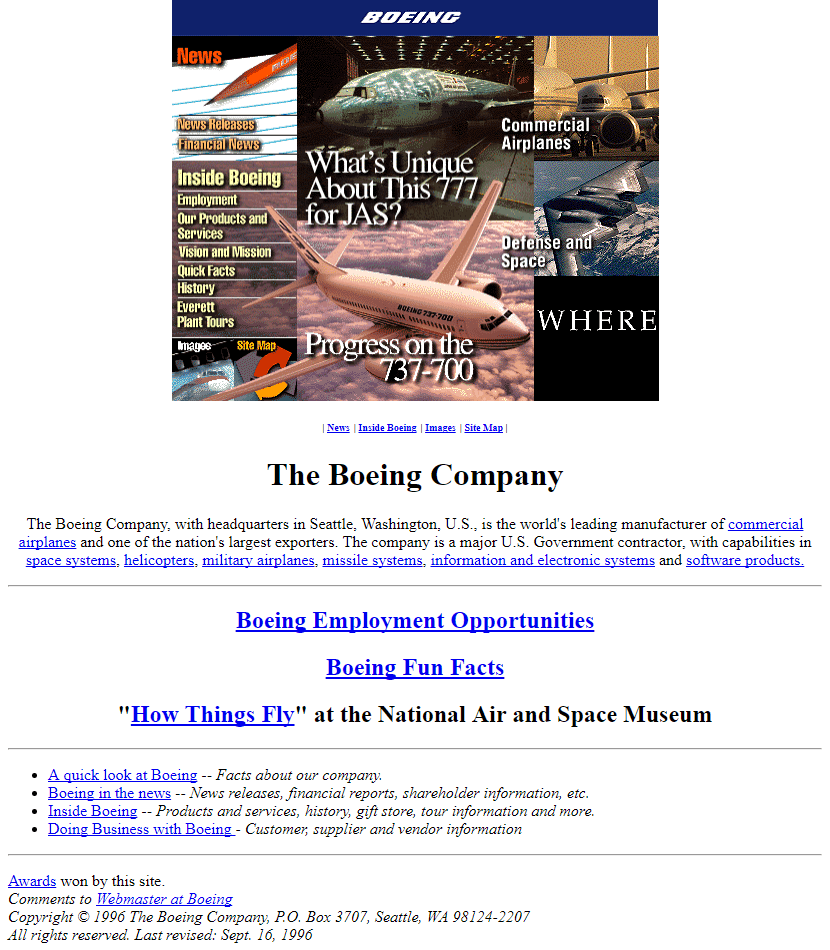What Does It Take to Have an SEO Ready Website?

Did you know that there’s approximately 1.2 billion websites out there on the internet? Yes, that’s billion with a B. And I’m not calling these individual web pages. That’s an even higher number. I’m talking just a website with all its pages and data included. That is a lot of information. A lot of products offered. A lot of people who are passionate enough about a subject that they took the time to build an entire website around it.
Of course some of that total might be a build it and done website like those long forgotten project pages I had to create for my graduate school projects. Those are what we call abandoned pages. Or some of are products no longer offered by a business, but the data is still there.
So you take away those forgotten and old websites that are just no longer needed. I’d say you still have an insane amount of web traffic in the hundreds of millions of websites all competing for traffic and views from the almighty consumer seeking out information. So how do you stand out? How can you bring the eyeballs to your website when there are so many others out there that might be offering the same thing or something very similar to it!
It all starts with your website. You need to have a website from the beginning that is SEO ready. That means it’s optimized from creation and is ready for an SEO campaign. It’s the kind of website you will find from most web development agencies. Rarely are the sites people build for themselves on sites like Wix or Squarespace fully SEO friendly websites.
This article will go through how to make your website SEO friendly.
Basic Website Features
Let me give you a bit of nostalgia. Remember what websites used to look like? Back in the 90s and early 2000s when you still had dial up and the internet was more of a novelty than a necessity? Oh the good ol’ days. Take a look at what the Apple and Boeing websites looked like back then.


Both these websites are circa 1996. It’s safe to say that things look a lot different today. But if you look closely at these images, the structure is still there. Apple has a menu that lays out their products, their about page. Same with Boeing, it talks about their technology and features some great imagery of their planes. Both things you want to have in a website today. But at the time it was the wild west. You design a website that looks like anything. Only the big enterprise-level businesses had one so they could do whatever. It’s when the internet became competitive that it started to really matter how a website worked.
Building a website with SEO in mind means that you need to have the following pages:
- Home page – this describes your website, has the main navigation, and summarizes the point of it all. Here is where you need your most strategic keywords and images. (more on that in a minute)
- Product pages – if you’re a business, you need to have a dedicated page to describe your products. Even if you don’t sell via e-commerce with an online marketplace component, this is where people learn if they want to do business with you because what you offer meets their needs.
- Contact us page – read more on this below
- About page – this page helps people really get to know your website and why you have it. For a business, it lets you show your passion for what you do. For a website like for a school or a library, it gives information about certain features. Perhaps your staff, or what kinds of subjects and books your place has. Essentially, it let’s people get to know you!
- Other pages may be necessary like a blog or an e-commerce section. Those depend on the industry or focus of the website. If you wonder if you need that for your website, contact us at Boostability for help in mapping out which pages are necessary to perform well for SEO.
Intuitive Design
Every website built needs to have some level of intuitiveness. People don’t want to or have the time to just surf around a website to find what they’re looking for. They want to see a clear menu of options to read from, or a navigation bar. Or want to have a clear About page. They want to be able to learn about a company or organization and search for a specific product. And they want to see positive reviews from other customers assuring them they won’t have a bad experience with that particular business.
Every website needs to be intuitive in its design. While you don’t want a copycat website that looks just like everything else out there. You need to incorporate elements of design and common website elements that will help users navigate through the pages of your site without looking too hard. If you make it too creative or too difficult, all of us with those crazy short attention spans will go somewhere else within a matter of seconds.
Contact Us Page
This may be one of the most important elements of a business website. If a user likes what they see, they will want to contact a business. Whether that’s making a call, making an appointment, or finding out where it’s located so they can stop in. For local businesses in particular, 50% of searches bring a customer to an actual store within 24 hours if they like what they see. You need to have a contact us page for your business if you want to ensure more customers as a result of your optimized and SEO ready website.
Keyword Focused Content
Once you set up the basic structure for your website and have the required pages, now it’s time to focus on your content. This is the number one factor to get you ranking high on Google, so it’s important to get it right. Your home page should have your most important keywords. For example, if you’re an appliance repair business, you need to include the kinds of things you service. Include things like dishwasher fridge, gas range, washing machine, microwave, etc., and the locations that you service.
Your website shouldn’t have a lot of long, lengthy paragraphs, unless it’s on your blog. Think about what you’d want to read on a website. Unless you’re doing research or reading about something you’re really passionate about, you won’t take the time to read a lot of words on a page. Make sure your content is concise, easy to understand, and mentions your key goals or products right in the copy to maximize the reach.
Relevant URL Structure & Sitemap
Did you know that your URL itself is very crucial to the success of your website and subsequent SEO campaigns? If your business site is totallyradmakeupbloggerchick.com, it might not get you a ton of traffic. Likewise, if you have something about just your name and no mention of a business like tennis academy (coachjoe.com), you probably won’t get as much traffic as you’d like. Your URL matters. If you did lorisbridalmakeup.com it’s more likely to get the kind of traffic you’d like because it’s clear in the URL itself what your website is about. That sets the groundwork for an SEO friendly website and keywords on the site pages. And for the tennis example, coachjoetennis.com also helps put the website in the right direction. Both of the first URLs, but you need to know your audience and your reach goal in mind while picking out your URL for your website.
Additionally, every single website needs a sitemap. This is what bots like the Google algorithm crawlers use when navigating your website. It helps them know which pages are the most important. Things like your home page, about pages, product pages, etc. When you create a site on your own using things like Wix or Squarespace, it will create a sitemap for you as you go. But a website creation company will know how to map it to the best of your advantage.
Mobile Optimization
This has become increasingly more important in recent years. More than 50% of web traffic now comes from a mobile device. That means something like a phone or tablet. And that’s only going to continue to increase. We love browsing on our phones. So your website has to be ready for that. In fact, Google’s Mobile First Index enacted a few years ago now penalizes websites that don’t have an optimized mobile version.
Mobile versions of websites are similar to desktop, but they appear differently on a mobile screen. It’s a simplified design, with a hamburger or shorter navigation bar. Larger fonts make it easier to read on smaller screens. Then there’s lots of links to additional information you can read.
Web design companies today will automatically include mobile optimizations as part of their package. That includes tablet and phone design in their own category as well as the desktop versions. You need to have a mobile audience in mind when it comes to your website today!
Relevant Alt and Meta Tags
This step is one of the most important parts of your on-page SEO efforts. Your Alt and Meta Tags adds text data to your images and videos so the search engine bots can see them. It also gives page descriptions of what the bot will find on a particular web page. Many people might brush these off because they’re not visible on the outside. But these are crucial to having a good SEO-ready website. Every picture, photo, image, video needs an alt tag. It’s what you enter on your CMS to describe the image. Basically it tells the purpose of that image. The meta tag describes a page. It should include a main keyword for a page like “appliance repair services in Lehi, Utah” or “tennis academy in Des Moines”. These alt and meta tags help to put your website on the map and make it a desirable destination to come to.
Conclusion
Once you have all these things on your website, you’re ready to start an SEO campaign to really optimize it for all that work and get it noticed by people searching for the kinds of things it offers. If you don’t have these things, Boostability can help! As the leading white label SEO company with partners located worldwide, we can certainly help you reach your business goals by providing data-driven SEO campaigns for your managed websites and clients.
If you’re new to the idea of this type of partnership, check out our Ultimate Guide on White Label SEO Services where we dive into detail about what this is, what you can expect in such a partnership, benefits and challenges (for full transparency), and so much more.

